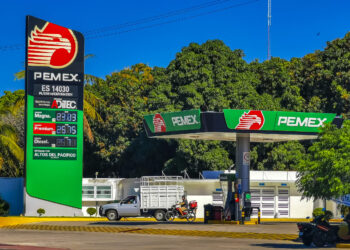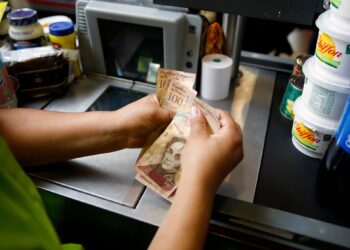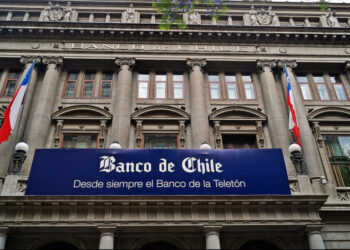Brazil’s crypto imports have soared by 60.7% in 2024, reaching a new record of $12.9 billion by September, central bank data reveals. The main driving force behind this surge is the growing demand for stablecoins, with Tether (USDT) and Circle’s USD Coin (USDC) making up nearly 70% of all crypto transactions in the country. This trend highlights a shift towards stable digital assets in a region historically marked by economic volatility.
Stablecoins, which are pegged to traditional currencies like the U.S. dollar, offer Brazilian investors a stable alternative to more volatile cryptocurrencies such as Bitcoin. This stability has made them particularly attractive for cross-border transactions, providing faster, more secure transfers compared to traditional methods. However, the increasing popularity of stablecoins has also raised concerns within Brazil’s central bank, as authorities worry about potential misuse for tax evasion and other illicit activities.
In response, Brazil’s central bank, led by Roberto Campos Neto, announced plans to regulate stablecoins by 2025. The aim is to strengthen oversight and address risks linked to these assets while still fostering innovation within the financial sector. Although net crypto imports in September saw a slight month-to-month decline from $1.5 billion in August to $1.4 billion, overall growth remains robust. Brazil’s crypto market now ranks as the world’s tenth-largest, positioning the nation as a regional leader in digital finance.
Brazil’s rapid uptake of stablecoins reflects a broader shift across Latin America towards digital currencies and innovative financial solutions. This trend could have significant economic implications, potentially reshaping financial practices and encouraging international regulatory collaboration to manage the balance between economic stability and the growing influence of digital assets.
















